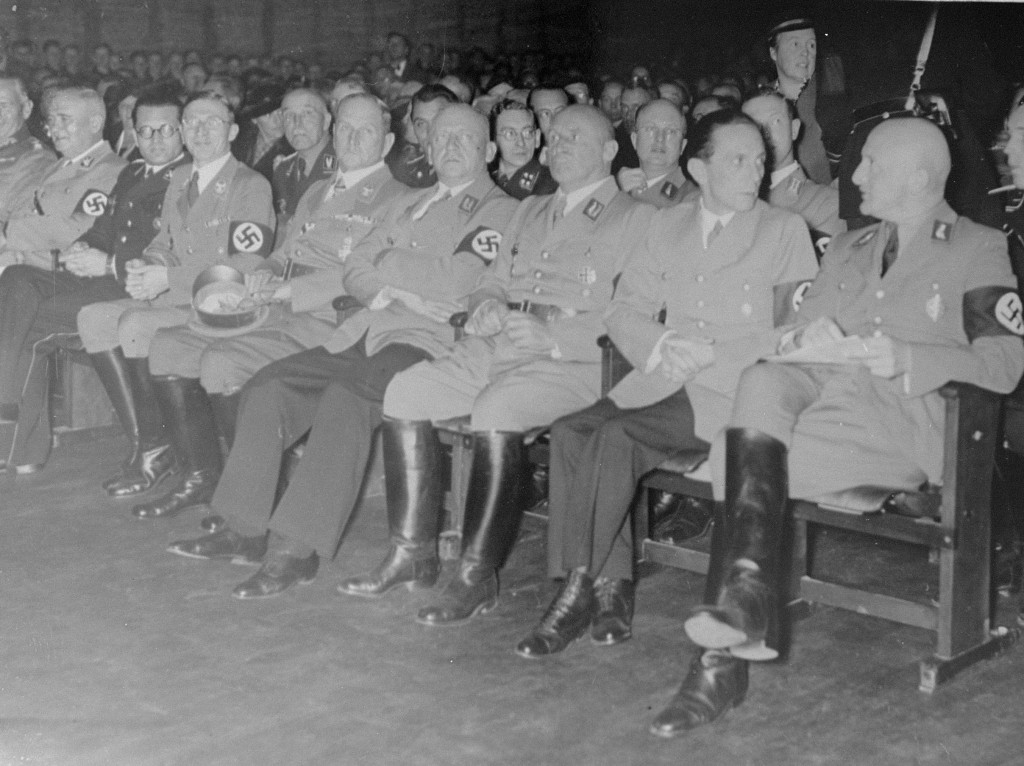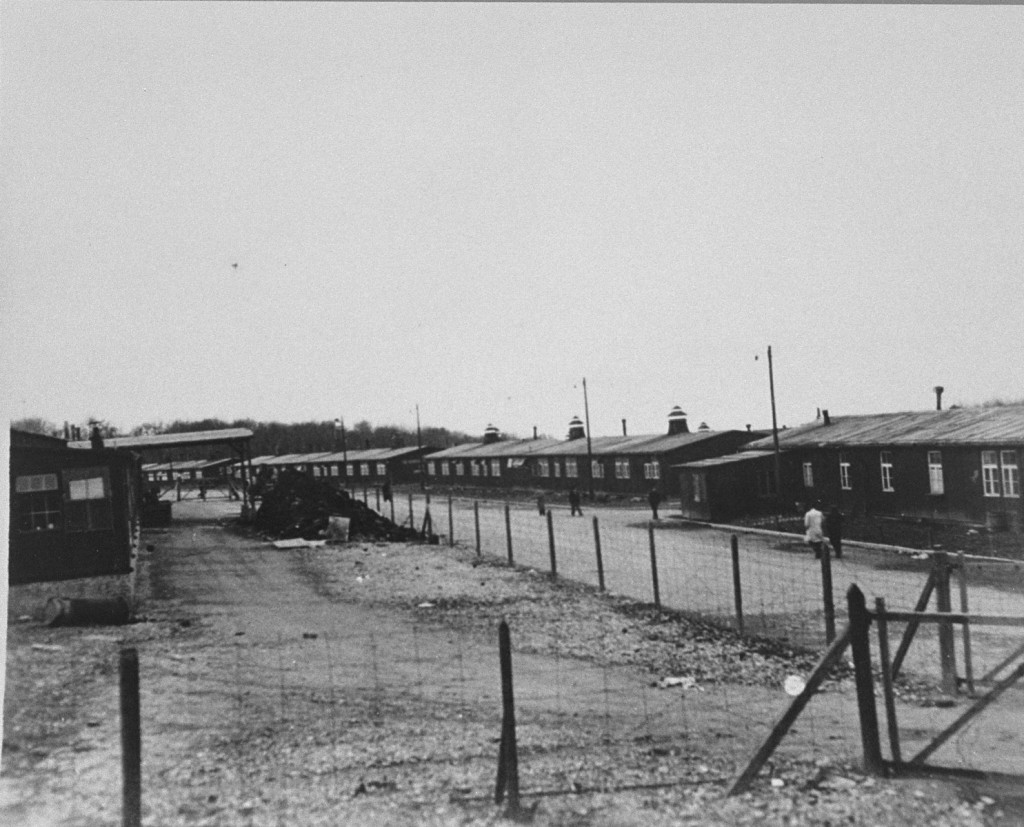
1937: Key Dates
February 27-March 9
German Criminal Police officials round up approximately 2,000 convicted offenders and incarcerate them in concentration camps. This is the first mass roundup of persons not deemed to be political opponents for incarceration in concentration camps.

July 15
The Inspectorate of Concentration Camps opens the Buchenwald concentration camp near the city of Weimar, Germany. Camp authorities will murder at least 56,000 prisoners in the Buchenwald camp system, some 11,000 of them Jews.
November 8
Der Ewige Jude (The Eternal Jew), a Nazi propaganda exhibition, opens in Munich.
November 13
SS chief Heinrich Himmler consolidates the regional chain of command of the SS and police by establishing the position of Higher SS and Police Leader (Höhere SS- und Polizeiführer; HSSPF). The HSSPF will act as Himmler's regional representative and, in times of emergency, command all the SS and police forces stationed in his jurisdiction.
December 14
SS chief and Chief of German Police Heinrich Himmler passes the Circular Decree on Preventative Crime Fighting by the Police (Runderlass über vorbeugende Verbrechensbekämpfung durch die Polizei), which facilitates the roundup of persons deemed to be: engaging in chronic “asocial” behavior (Asoziale); habitual criminals (Gewohnheitsverbrecher); or making their living from criminal activity (Berufsverbrecher). The German authorities often include Roma (Gypsies) in these groups.
The decree authorizes the German Criminal Police to round up persons suspected of engaging in asocial or criminal behavior without evidence of a specific criminal act, to hold them for an indefinite period of time, and to incarcerate them in concentration camps. By 1943 the German police will send more than 70,000 “asocial” persons and previously convicted criminals to concentration camps. Almost half of them die by the end of 1943.
Critical Thinking Questions
- Learn about warning signs for mass atrocity and genocide. What events during 1937 might be examples?
- How did the role and organization of law enforcement change during 1937? Why?
- What pressures and motivations may have influenced the choices of individual policemen?
- Is a change in the role of law enforcement ever a possible warning sign for mass atrocity? What type of change could be problematic?

